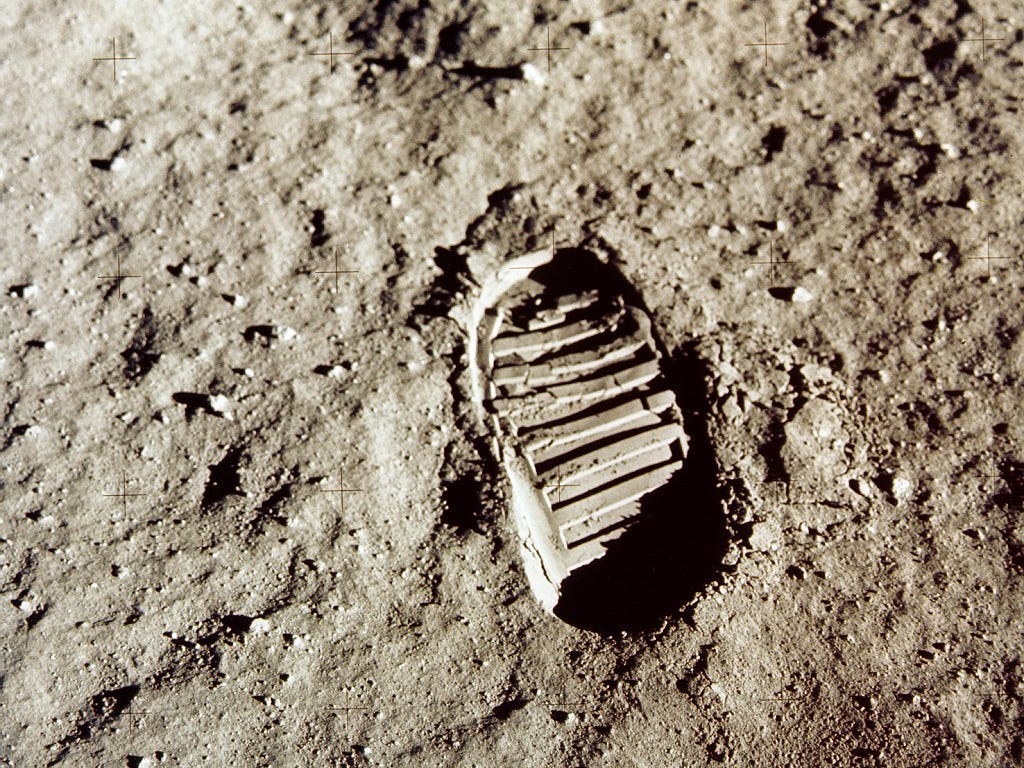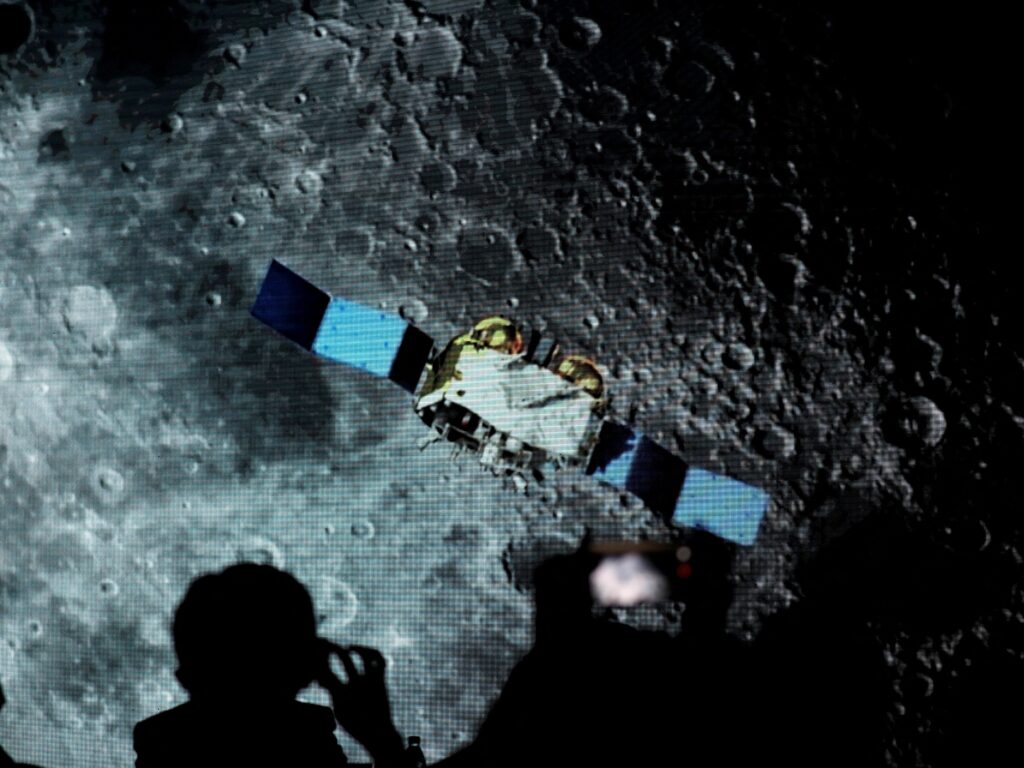- China could be ready to start building its lunar base within five years, scientists said.
- China has made major strides in space exploration, recently launching its own crewed space station.
- NASA's chief previously said China may try to claim resource-rich areas of the moon if it gets there first.
China wants to begin building a base on the moon with the help of lunar soil within five years, Chinese media reported.
The news comes just months after NASA administrator Bill Nelson warned that China may want to claim resource-rich areas of the moon for itself.
At the first conference on the topic, more than 100 scientists from domestic universities gathered to discuss plans for the country's crewed moon base at Huazhong University of Science and Technology in Wuhan on Saturday, according to reporting by the South China Morning Post (SCMP), an English-language newspaper based in Hong Kong.
Ding Lieyun, an expert from the Chinese Academy of Engineering, said in an interview with local newspaper Changjiang Daily that China could be ready to place the first brick on the moon within five years, per the SCMP.
"We will be using real moon soil to make the first brick right there on the moon," he added, per SCMP.

Ding has been working on a robot named Chinese Super Mason that can turn lunar soil into brick. These could be used to make habitats on the moon using traditional Chinese building techniques, he said.
NASA has its own plan to build a permanent base on the lunar south pole. The agency plans to mine resources like water ice on the moon in order to create fuel, water, and even oxygen on-site.
But NASA doesn't have a clear timeline for building that base yet. It has set an ambitious goal of landing astronauts on the lunar surface in 2025, but construction could come years after that.
For China, it looks like they plan to build first, and send humans later. Though the first brick may be coming to the moon within the decade, as a technology test on the Chang'e 8 mission, it could take a lot longer for humans to settle there, said Yu Dengyun, from the China Aerospace Science and Technology Corporation, per SCMP
"It might take us 20 to 30 years or longer to eventually settle down on the moon, but we must start working together now," Yu told the conference, per SCMP.
China has made incredible progress in space

China, the US, and their respective allies are vying to get to the moon first this decade. This is not only for the glory and scientific interest. Getting there first could poise either nation to claim territory or set precedent for other practices, like resource mining, for the new era of exploration on the moon and beyond to Mars.
"It is a fact: we're in a space race," Nelson previously told Politico. "And it is true that we better watch out that they don't get to a place on the moon under the guise of scientific research. And it is not beyond the realm of possibility that they say, 'Keep out, we're here, this is our territory.'"
NASA has tried to get other space-faring nations on the same page through the Artemis Accords, a non-binding agreement to be peaceful, transparent, cooperative, and to use space resources sustainably as humans expand to the moon and beyond.

Twenty-two countries have signed the Artemis Accords, but Russia and China are not among them. In any case, NASA is legally prohibited from collaborating with China ever since Congress banned the agency from doing so in 2011.
Nobody can truly own the moon, but international outer-space law is a wide-open field that will probably change drastically as the US, China, and others set up permanent bases on the moon.
The moon is seen as a strategic objective for space exploration, as it could become a pit stop for rockets on their way to Mars.

In 2021, China officially announced its plans to build the International Lunar Research Station in cooperation with Russia. This aims to be fully autonomous at first, with robots carrying out tasks such as exploiting local resources.
China's progress towards space has been "stunning" in recent years, Space Force Lieutenant General Nina Armagno said last November.
This includes landing a rover on the far side of the moon for the first time, getting rovers, landers, and orbiters to Mars, and building its own space station in Earth's orbit.
"I think it's entirely possible they could catch up and surpass us, absolutely," Armagno said, per Reuters.

China's government said last month it aims to bring its taikonauts to the moon by the end of the decade.
The US is on its own path to bring back boots on the moon in the coming years.
For example, NASA recently had success with its first mission to the moon — Artemis I — that brought its SLS mega-rocket around the moon and back. The agency wants to build its own station orbiting the moon, as well as an Artemis lunar base.
